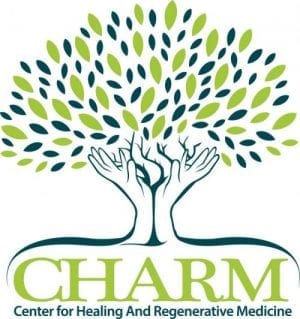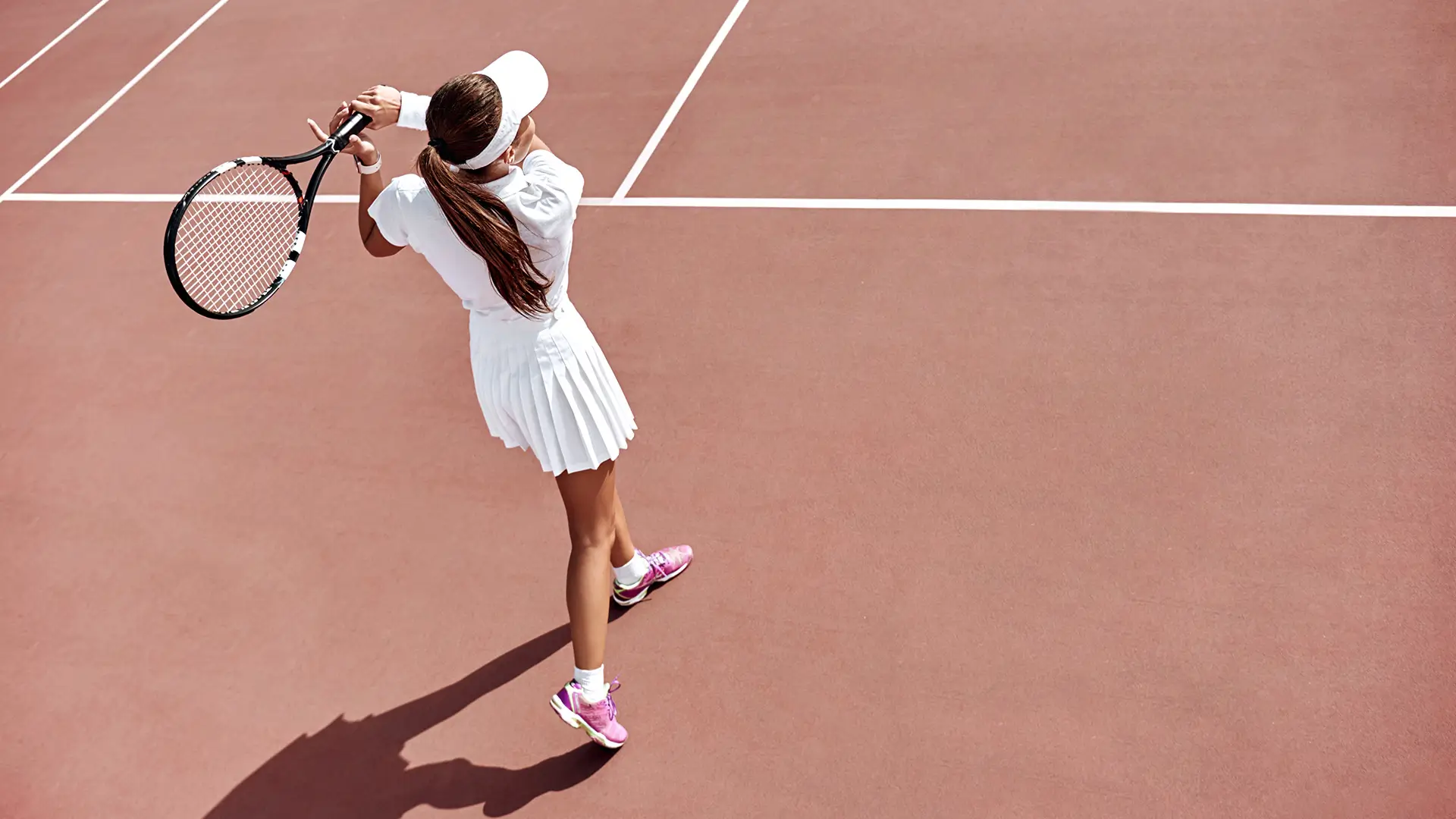Whether you’re throwing a fastball, swinging a racket, or sticking the perfect dismount, your elbows are constantly under pressure during sports and physical activity. Over time, repetitive motion or a single traumatic event can lead to painful elbow injuries.
Common among athletes in baseball, tennis, golf, gymnastics, and weightlifting, athletic elbow injuries can range from mild strains to serious ligament or tendon damage. For weightlifters in particular, elbow sprains and strains account for almost 3% of all bodily strains and sprains.
Fortunately, there’s holistic pain relief for an elbow injury, and understanding the causes, symptoms, and treatment options is the first step toward healing—and getting back to doing what you love.
What Are Some Common Athletic Elbow Injuries?
Athletic elbow injuries aren’t one-size-fits-all—there are actually several different types, each affecting different structures within the joint. The kind of injury often depends on the sport, the type of motion involved, and how frequently that motion is repeated.
Ulnar Collateral Ligament Injury
The UCL is a key stabilizing ligament on the inside of the elbow, and it’s especially vulnerable in throwing athletes like baseball pitchers. Repetitive stress can lead to microtears or even full ruptures, causing pain, instability, and reduced throwing velocity. Athletes may hear a pop or feel a sharp pain during the injury, followed by ongoing soreness.
Valagus Extension Overload (VEO)
Often seen in overhead athletes, VEO occurs when the elbow joint experiences repeated hyperextension and compression, typically during throwing motions. This stress can wear down cartilage, pinch soft tissue, and cause bone spurs. Symptoms from a VEO injury can include pain at the back of the elbow, swelling, and a loss of full extension.
Ulnar Neuritis (Cubital Tunnel Syndrome)
Ulnar neuritis occurs when the ulnar nerve—commonly known as the “funny bone” nerve—becomes irritated or compressed, often due to repetitive bending or pressure at the elbow. If this type of elbow injury occurs, athletes may experience tingling, numbness, or a shooting pain down the forearm and into the ring and pinky fingers. In more advanced cases, grip strength may even weaken or fine motor control may decline.
Medial Epicondylitis (Golfer’s Elbow)
Despite its name, medial epicondylitis affects more than just golfers. This condition involves inflammation of the tendons on the inner elbow due to overuse—often from gripping, lifting, or swinging motions. Pain from this injury is usually localized to the inner elbow and may radiate down the forearm, especially during wrist flexion or gripping.
Athletic Elbow Injury Symptoms & Diagnosis
Symptoms vary depending on the type and severity of the injury. However, common elbow injury symptoms for all elbow injuries include:
- Pain (sharp or dull)
- Swelling, stiffness
- Reduced range of motion
- Weakness in the forearm and hand
- Popping, clicking, or locking in the joint.
A thorough diagnosis is needed to determine the specific elbow injury one may have, and typically includes a physical exam, a review of activity history, and imaging like X-rays or MRI to assess soft tissue damage. Like with any injury, early diagnosis is key to preventing further injury and for getting the right treatment.
Regenerative Medicine and Elbow Injury Therapy
At CHARM, we specialize in regenerative treatment options designed to promote healing and restore function without surgery. Depending on the injury, personalized treatment plans may include:
- Platelet-Rich Plasma (PRP) Therapy: Concentrated platelets from your own blood are injected into the injured area to accelerate tissue repair and reduce inflammation.
- Bone Marrow Aspirate Concentrate (BMAC): This works by delivering stem cells and growth factors directly to the injured area, promoting tissue regeneration and reducing inflammation to relieve pain and support healing.
- Cell-Based “Stem Cell” Therapy: Using mesenchymal stem cells (often from bone marrow), this treatment supports the regeneration of damaged ligaments, tendons, or cartilage.
- Prolotherapy: Prolotherapy consists of a series of targeted injections that stimulate the body’s natural healing response to strengthen weakened connective tissue.
These minimally invasive options can help reduce pain, improve mobility, and support long-term recovery—often without the need for surgery or extended downtime.
Consult with an Elbow Injury Specialist in Austin
If you’re noticing any pain, swelling, or popping sensations in your elbow, especially following any repetitive movements or athletic activities, consulting with an elbow injury specialist is critical. The spine and musculoskeletal experts at the Center for Healing and Regenerative Medicine (CHARM) bring decades of experience into meeting each patient’s physical and functional needs.
Don’t let an elbow injury worsen — schedule your consultation today and get on the path toward renewed function and mobility, pain-free.

